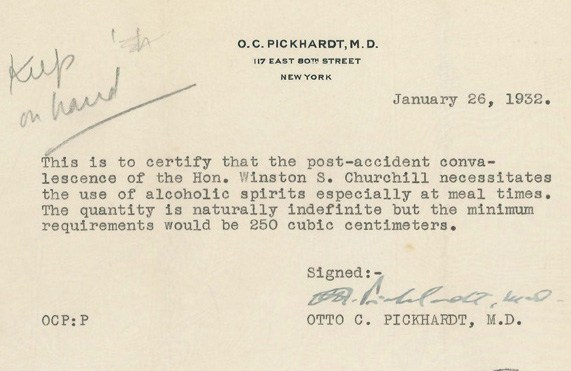Author Kurt Vonnegut was possessed of a droll, unsentimental public speaking style. A son of Indianapolis, he never lost his Hoosier accent, despite lengthy stints in Cape Cod and New York City.
Actor Ian McKellen, on the other hand, exudes warmth. He’s a charmer who tells a story with a twinkle in his eye, altering his voice and facial expressions to heighten the effect. (Check out his Maggie Smith.) Vocal training has only enhanced his beautiful instrument. (He can make a tire repair manual sound like Shakespeare.)
These two lions may have come at their respective crafts from different angles, but Sir Ian did Vonnegut proud, above, as part of Letters Live, an ongoing celebration of the enduring power of literary correspondence.
The letter in question was penned the year before Vonnegut’s death, in reply to five students at a Jesuit high school in New York City, regretfully declining their invitation to visit.
Instead, he gave them two assignments.
One was fairly universal, the sort of thing one might encounter in a commencement address: make art and in so doing, learn about life, and yourself.
The other was more concrete:
Write a 6 line rhyming poem
Don’t show it or recite it to anyone.
Tear it up into little pieces
Discard the pieces in widely separated trash receptacles
Why?
A chance for Xavier High School’s all male student body to air romantic feelings without fear of discovery or rejection?
Mayhaps, but the true purpose of the second assignment is encapsulated in the first—to “experience becoming” through a creative act.
This notion clearly strikes a chord with Sir Ian, 17 years younger than Vonnegut but by the time of the 2016 performance, closing in on the iguana-like age Vonnegut had been when he wrote the letter.
Should we attribute the quiver on the closing line to acting or genuine emotion on Sir Ian’s part?
Either way, it’s a lovely rendition.
November 5, 2006
Dear Xavier High School, and Ms. Lockwood, and Messrs Perin, McFeely, Batten, Maurer and Congiusta:
I thank you for your friendly letters. You sure know how to cheer up a really old geezer (84) in his sunset years. I don’t make public appearances any more because I now resemble nothing so much as an iguana.
What I had to say to you, moreover, would not take long, to wit: Practice any art, music, singing, dancing, acting, drawing, painting, sculpting, poetry, fiction, essays, reportage, no matter how well or badly, not to get money and fame, but to experience becoming, to find out what’s inside you, to make your soul grow.
Seriously! I mean starting right now, do art and do it for the rest of your lives. Draw a funny or nice picture of Ms. Lockwood, and give it to her. Dance home after school, and sing in the shower and on and on. Make a face in your mashed potatoes. Pretend you’re Count Dracula.
Here’s an assignment for tonight, and I hope Ms. Lockwood will flunk you if you don’t do it: Write a six line poem, about anything, but rhymed. No fair tennis without a net. Make it as good as you possibly can. But don’t tell anybody what you’re doing. Don’t show it or recite it to anybody, not even your girlfriend or parents or whatever, or Ms. Lockwood. OK?
Tear it up into teeny-weeny pieces, and discard them into widely separated trash recepticals. You will find that you have already been gloriously rewarded for your poem. You have experienced becoming, learned a lot more about what’s inside you, and you have made your soul grow.
God bless you all!
Kurt Vonnegut
(Ian McKellen’s other Letters Live performance is a fictional coming out letter from Armistead Maupin’s Tales of the City, from a gay character to his Anita Bryant-supporting parents.)
Related Content:
In 1988, Kurt Vonnegut Writes a Letter to People Living in 2088, Giving 7 Pieces of Advice
Why Should We Read Kurt Vonnegut? An Animated Video Makes the Case
Ayun Halliday is an author, illustrator, theater maker and Chief Primatologist of the East Village Inkyzine. Join her in NYC on Monday, September 9 for another season of her book-based variety show, Necromancers of the Public Domain. Follow her @AyunHalliday.



